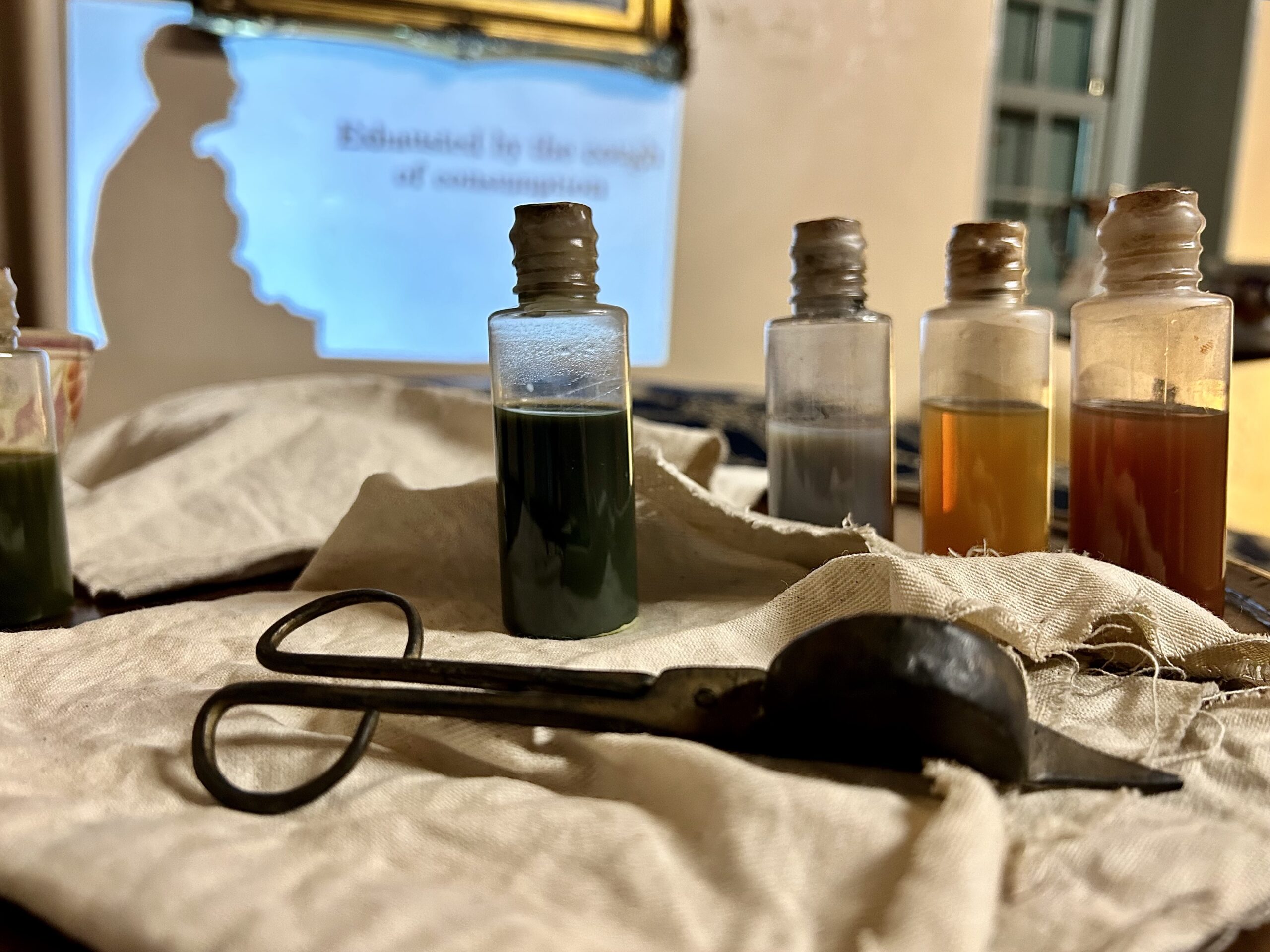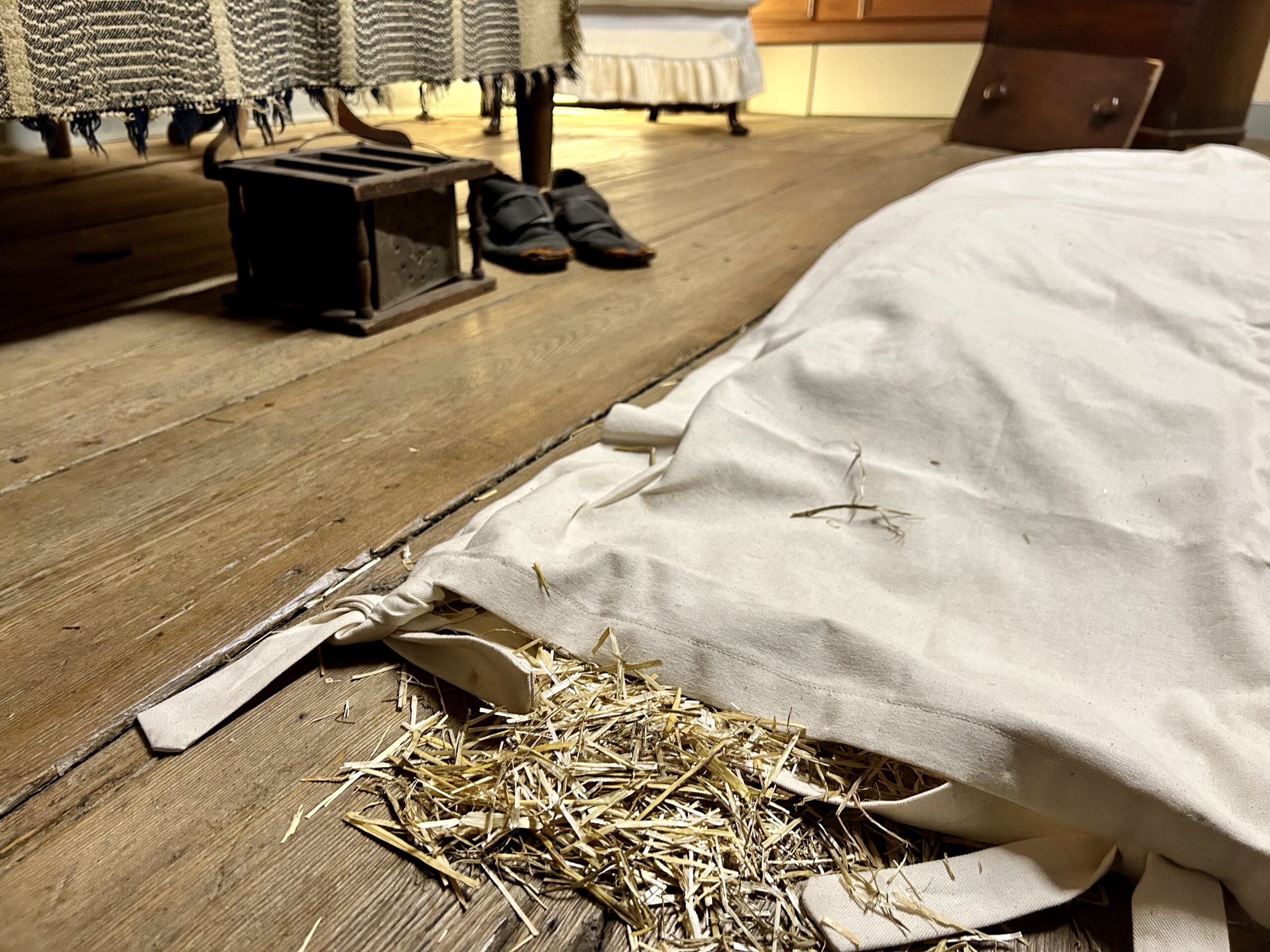
Home Sick is a captivating exhibition at the Dyckman Farmhouse Museum that takes visitors on a journey into the life of Jacob Dyckman, a doctor who once resided in the very house that now serves as the museum. Dyckman’s life was cut short due to tuberculosis, a disease that claimed many lives during the 18th and 19th centuries. The exhibition seeks to explore the role that enslaved people played in caring for their sick enslavers, including Dyckman. Visitors will have the unique opportunity to learn about the history of medicine during the 19th century and how it intersected with enslavement. The exhibition includes a range of artifacts, including medical instruments, documents, and reproduction furnishings. Whether you’re a history buff or simply curious about the past, Home Sick is an exhibition that is not to be missed.
This exhibition was curated by students at the Cooperstown Graduate Program in Museum Studies.
Is tuberculosis still around today?
Yes. Tuberculosis (TB) is curable, but not cured, today. Though we often think of TB as an “old-fashioned” disease, the WHO [World Health Organization] reports that TB kills 1.5 million people each year. This makes TB the leading cause of infectious disease death worldwide, and the 13th-leading causeof death globally. Unlike in the 18th century, however, TB is now curable.
If TB is curable, why are people still affected today?
Tuberculosis disproportionately affects lower-income and marginalized communities. Though TB is now treatable with antibiotics, many low- and middle-income countries cannot afford the treatments needed to cure TB.


